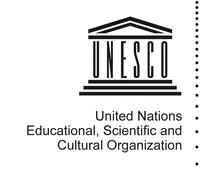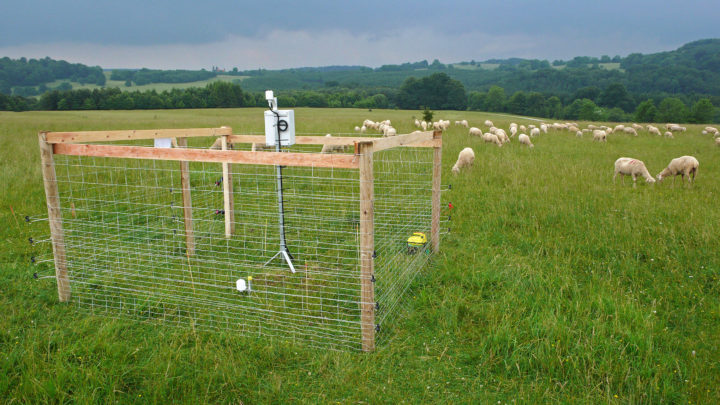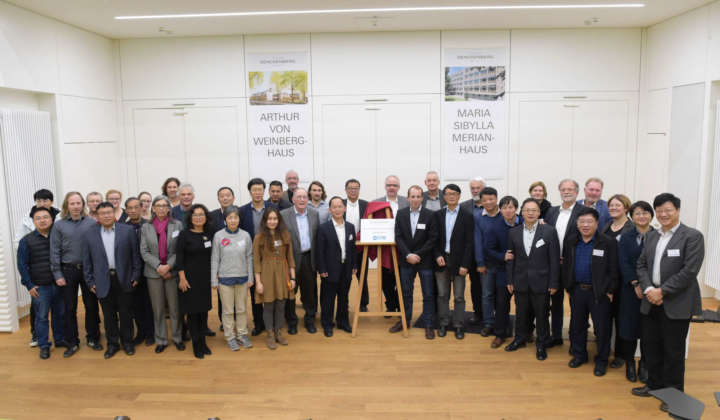Senckenberg Third Pole Environment Office
With a total area of over 5 million km2 and an average elevation of 4000 m, the Tibetan Plateau and surrounding regions (e.g., the Himalayas) contain the largest store of ice outside the Arctic and Antarctic and is widely regarded as Earth’s Third Pole (TP), third in glacier mass only to the Arctic and the Antarctic. The glaciers of the TP contribute to varying degrees to the base flow of most of Asia’s major rivers. Global climate change has seriously affected land surface processes here, resulting in accelerating environmental degradation and accelerated widespread reduction in the mass balance of most glaciers. Variations in the mass of these glaciers directly impact water availability in southern and eastern Asia, a region supporting a significant portion of Earth’s population. Thus, the sustainability of many human and natural systems in the region is now threatened and the threats will grow as instrumental temperature data show that the TP region is warming faster than the surrounding areas. Conditions in the TP region are of growing concern due to its significant role in global atmospheric circulation and its sensitivity as a first indicator of climate changes. Thus, research on the TP is vital for a better understanding of global climate and environment changes and their impacts on and interactions with human activities.
The good cooperation between the Institute of Tibetan Plateau Research, Chinese Academy of Sciences, and the Senckenberg Society for Nature Research will be intensified by the set-up of the Senckenberg Third Pole Environment Office. The office will support Visiting Scientists working on geological, physical, chemical, biological and social systems in and around the Third Pole. Summer School video lectures about geochemistry and Modelling are offered. Short time visits to China will be supported and qualified postdocs and PhD students from China are invited to carry out research on relevant topics related to the Third Pole.






